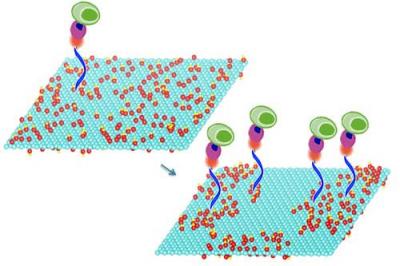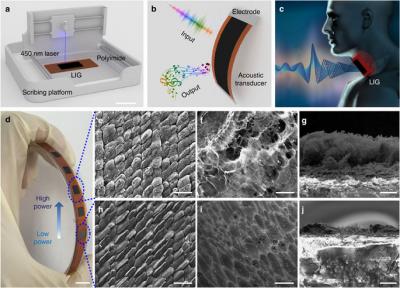Exeter team designs a novel method of engineering computer chips using graphene oxide
Researchers from the University of Exeter have developed a method using graphene oxide flakes that could be used to create the next generation of computers. The Exeter team used microfluidics technology to develop a new method of engineering computer chips that’s easier and less expensive than the current methodology.
The microfluidics approach uses minute channels to control the flow and direction of tiny quantities of fluid. The tests performed at the University of Exeter involved flakes of graphene oxide, mixed into the fluid, which was then mixed together in the channels to create the chips. The researchers used an advanced light-based procedure to facilitate the creation of three-dimensional structures that comprise the resulting chip.



